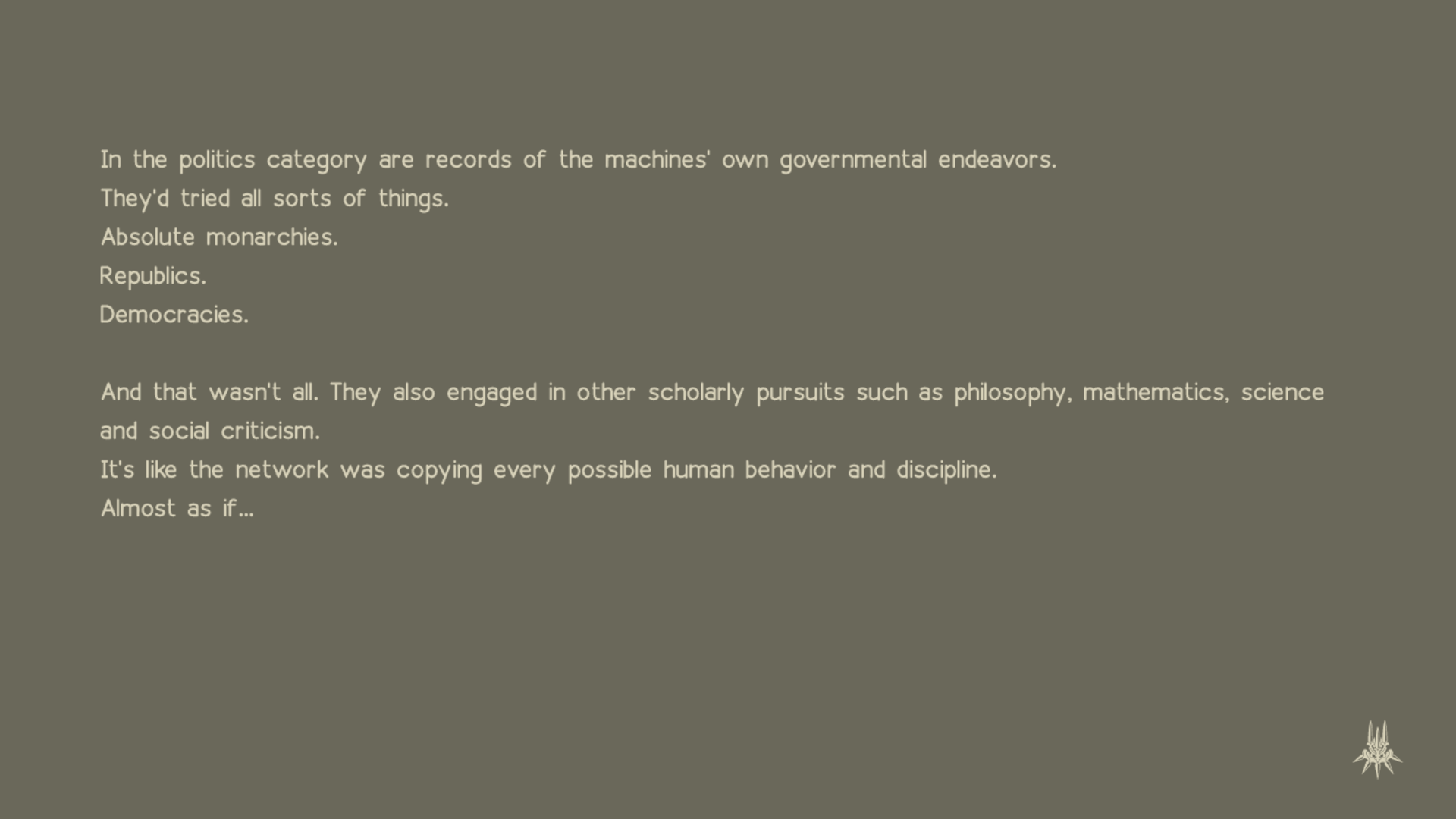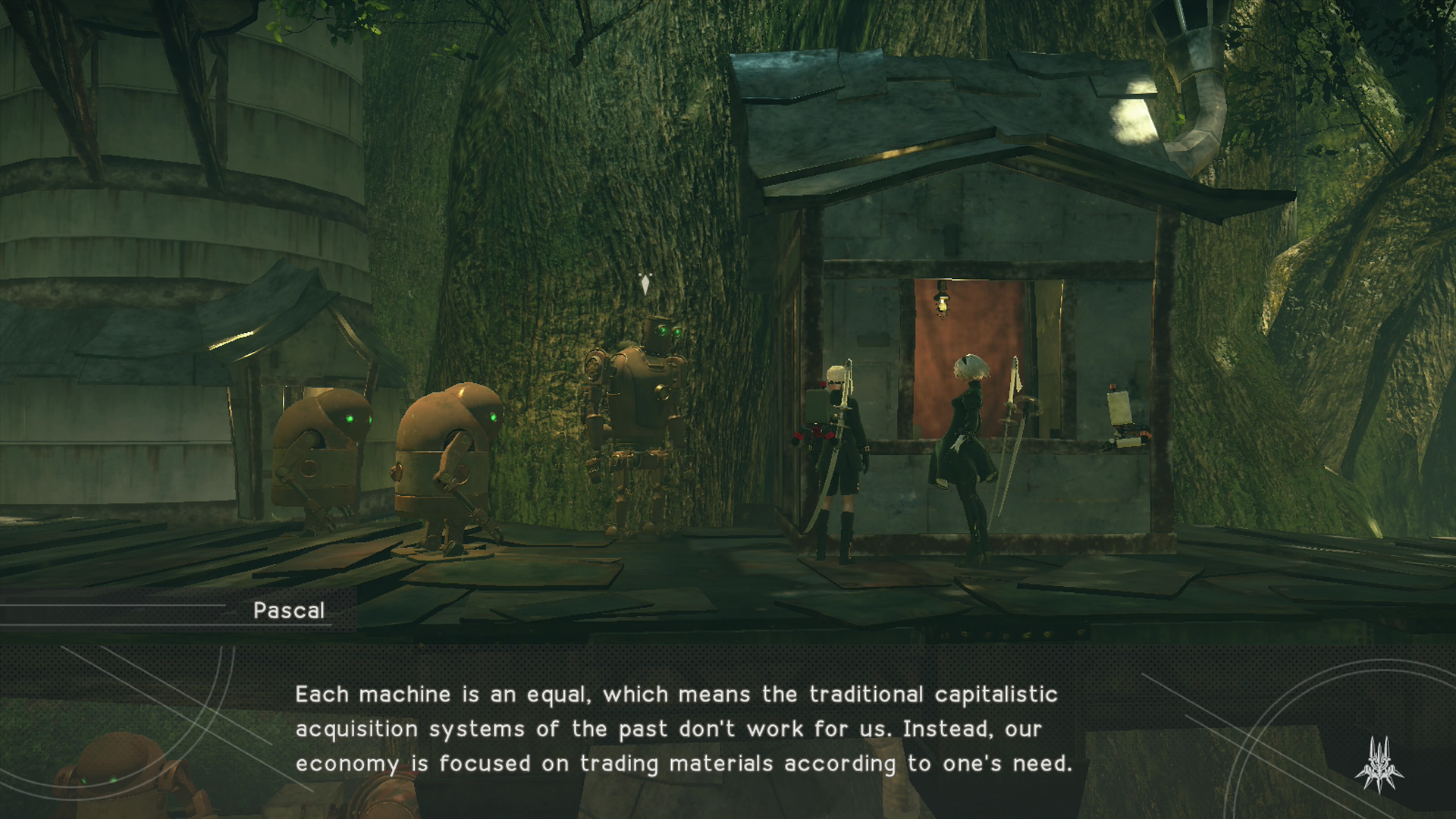When speaking to design students and peers about the various works of Pentagram — the design firm hired for the Warner Bros. redesign in 2019 — the receival is always mixed. Some rave about the beauty of minimalism and the iconic and recognizable form of a Pentagram design, while others tote their frustrations with how everything falls to the wayside of monochromatic sans-serif designs. When looking through the Pentagram catalogue, I can understand this critique. While I personally am a huge fan of minimalism and the use of “simple is sexy” in design, you’d be hard pressed to find more than a gradient or two in their entire design catalogue. That all said, despite its controversy online for being the death of a nostalgic classic, I personally love the redesign of the Warner Bros. logo due to it’s respect of the source material and attention to detail in both design system and application.
When looking at the transition from left to right, I understand the negative gut reaction of many, as at a first context-free glance, they took an iconic staple of our collective childhood conscious and flat-ironed it into another bank-of-america logo. From a distance this rebrand can be interpreted as disrespectful to the depth and cultural significance of the original. That said, having researched this rebrand with the initial goal of explaining why it is so bothersome, I found nothing but reasons to appreciate it – not through explanation or defence from the designers but rather through the visual applications of the rebrand itself.
For instance, when looking at the typeface designed to accompany this new “modern” Warner Bros. logo, I actually find joy in the amount of character and feeling they’ve retained from the original. It could’ve been some random helvetica clone like everyone and everything else, but they made a very intentional choice to leave the playfulness and childhood wonder in even the most menial details. It’s not the world’s most clean or professional typeface, but it screams Warner Bros from the lungs of each and every character.
This opinion isn’t a common one, however, as shown by Visual Objects Logo Redesign Survey 2020. This survey, conducted by Visual Objects, surveyed 1001 random individuals across the US in regards to their feelings on the Warner Brothers redesign amongst others. From this survey, they found that 89% of respondents had a strong preference of the original, while only 11% like the new look.
My belief is that the two following sets of images explain why. They showed the fans too much of the first — the flat bank-of-america style white and blue logo — and not enough of the second — the actually soulful application of this branding to the identity that fans care about.
What I think they showed too much of:
What I think they showed too little of:
In the examples from set two, — what they needed to show more of — the actual intention, application, and soul of the redesign shows itself. The issue I have with the presentation of this rebrand is that — from an outside perspective — the pride of the designers in the logo itself outshone the pride in the company and Warner Bros. IP.
My honest opinion, looking through the various applications of the design system Pentagram designed; is that it’s beautiful, respectful to the IPs, and thoughtfully designed. My issue with the rebrand as a whole is that they forgot to do the part where they show people 99% of what they actually made. It appeared from an outside perspective like they slapped a thoughtless golden ratio in there and dusted off their shoulders, because they failed to fully represent the amount of attention to detail that went into the works.
Honestly, it’s a shame. It’s a beautiful rebrand with nothing but frustrated eyes to look upon it due to its presentation.



